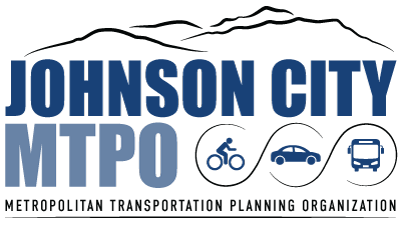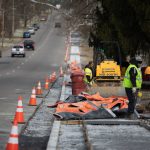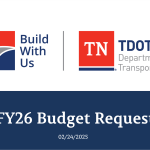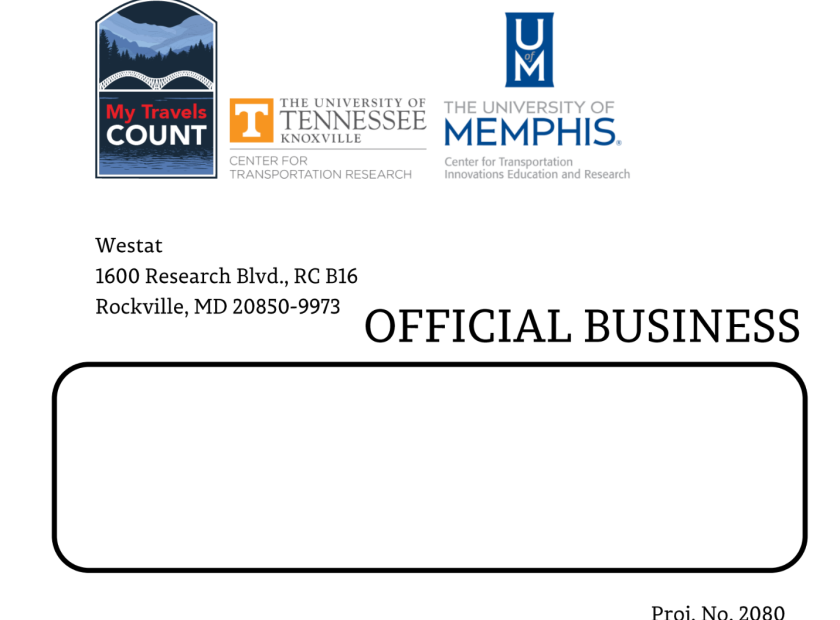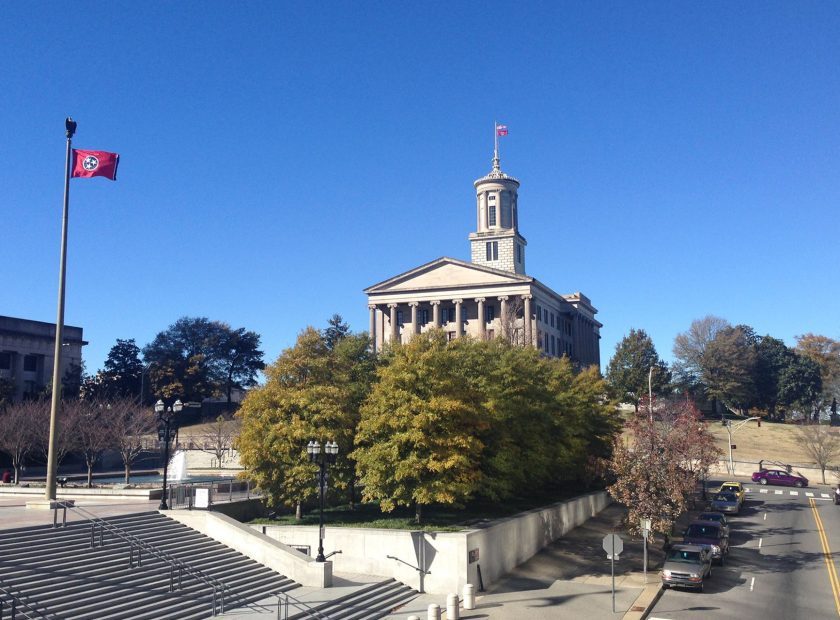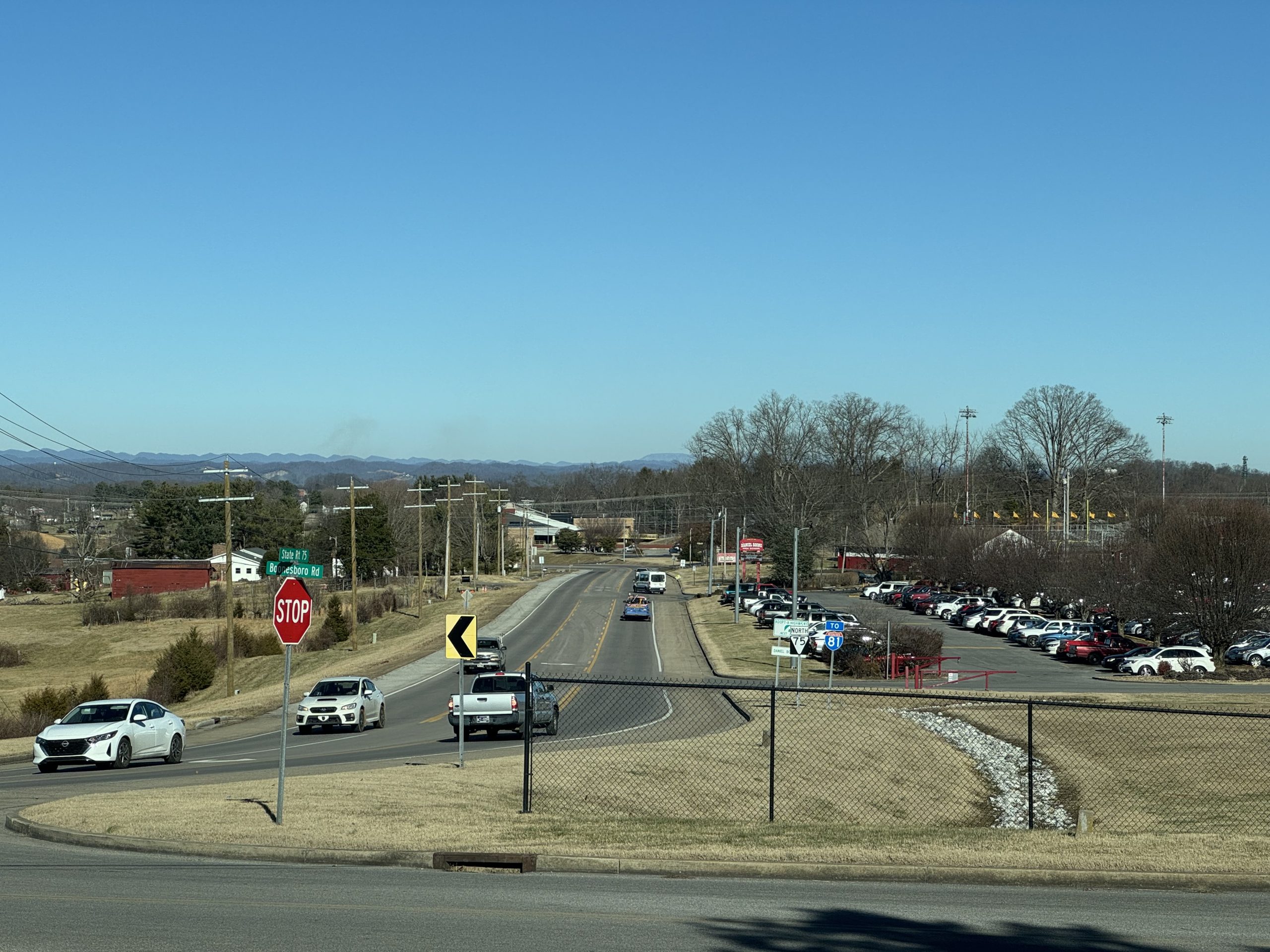
State Route 75 Corridor Study with Q&A
Public Meeting Notice:
The next public meeting on the State Route 75 Corridor Study is scheduled for Thursday, November 6, 2025 from 5:30 – 6:30 p.m. at Ridgeview Elementary School. Please use this link to the meeting notice.
Background: Many of you probably know by now there is a corridor study for State Route 75 in the Gray Community, also known as Suncrest Drive. So, what’s going on and why are we doing the study? Can’t we just go out there and fix it? Why is Gray important?
The Gray Community is in a unique location in our region. It is strategically located between the heart of Johnson City and Kingsport, with access to both areas along Interstate 26. For example, people living in Gray can work at Eastman, or they can work at the Veteran’s Affairs Administration in Johnson City. Many people in Gray are lifelong residents of the area. Others are new, moving to Tennessee and have “discovered” Gray. Consequently, the Gray Community is experiencing growth. The result is more people, more vehicles, and more traffic. And the transportation system in the Gray Community needs improvements.
Below we have provided frequently asked questions and answers that many of you probably have about this project.
Why do a study? Can’t you just put up some traffic signals and widen the road?
The short answer is money. A single traffic signal can easily cost over $500,000, just for construction. Road widening will run into the millions of dollars. For example, remember the widening of State Route 36 (Kingsport Hwy) between Boones Creek Road and State Route 75 to the Airport? That widening project was 4.1 miles and cost $41,996,771.65 for construction in 2011. And as we all know things have gotten more expensive since then due to high inflation. We have to use our money wisely, especially if we are asking the state of Tennessee to spend money to improve this highway.
How much is this corridor study going to cost?
The cost of the corridor study is $150,000. Of that amount 80% is federal funding allocated to the Johnson City MTPO, 5% is from the state of Tennessee, and 15% is from the City of Johnson City. The MTPO was able to fund this study, including the local match, without asking for additional funds from any source due to the fact that other projects had come in under budget.
Can’t you use the money for the corridor study for an actual project like constructing a traffic signal on SR 75?
No. These particular federal funds have strings attached. They are restricted to planning and cannot be used for construction of projects. It is actually in federal law.
How long will this study take?
Our target date for completion is fall of 2025.
Will the public have an opportunity to have input?
Absolutely! This corridor study is for the Gray Community. The people who live, work, and travel this area have firsthand knowledge of the transportation needs. We have to include them in this study or it will fail. In addition to the public, we will be seeking input from the Washington County Highway Department and Sheriff’s Office, Washington County Schools, area employers, and others.
Is the study for all of State Route 75?
No, it is only for the section of State Route 75 between I-26 and Hugh Cox Road.
What will corridor study look at?
This study will follow the Transportation Investment Report that is required by TDOT for before any major highway improvements can occur. These used to be referred to as Advanced Planning Reports (APR). The consultant will be looking at all intersecting roads along this corridor, school traffic, crashes, and safety improvements, among other things, along with recommendations for this corridor.
Okay, will the corridor study guarantee the road will be improved?
Unfortunately, it is only the first step in a long process. Apart from having the study to analyze the corridor and make recommendations for improvements, we need the study to make our case with the state of Tennessee and to apply for federal discretionary (competitive) grants. As you can imagine, communities all across Tennessee ask the state to help with transportation projects. What this really means is we have to make a strong case, backed up with documented facts, not merely opinions on what improvements are needed.
Don’t get me wrong, the opinions of our local people are valid, but when it comes down to asking for someone else’s money, it’s different. I was often told in the past by state and federal agencies when asking for assistance to show them the data to back up what is being asking for before they will consider the request.
Who came up with idea doing a study?
A while back at one of the Johnson City Commission meetings, there were concerns raised that there needed to be better coordination between Washington County and Johnson City in the area of Gray. At that meeting, Commissioner Joe Wise and City Manager Cathy Ball recommended the Johnson City MTPO take the lead on this coordination.
Therefore, the MTPO staff started having working group meetings between the county and city staff. Elected officials also attend the meetings when they are available. The recommendation for a corridor study came from that group. It should be noted the city of Johnson City applied for a competitive grant from TDOT to fund the corridor study. Unfortunately, the city was not awarded the grant.
It was the suggested to ask the MTPO to fund the corridor study. The request then went to the Johnson City MTPO Executive Board. That board is made up of the top elected officials in the region. The Executive Board approved the project for federal funding in the MTPO’s Unified Planning Work Program. The next step was to go through the procurement process and choose a consultant. A recommendation was made and approved by the Johnson City Commission at the January 2, 2025 meeting.
Is there a consultant working on this study? Who is it?
The MTPO staff went through Johnson City’s Purchasing Department and though a competitive process recommended the consultant CDM Smith to the City Commission.
That sounds like a lot of process before even getting the study approved and funded. Who is the Johnson City MTPO anyway and why do we have one?
First and foremost, any urban area in the U.S. with a population of 50,000 is required by federal law to form a Metropolitan Planning Organization to receive federal transportation funds. This includes funds for transportation planning, highway projects, and transit. In Johnson City, the MTPO is a division of the city. We have a total of two staff members in the MTPO and we are city employees. To find out more about the Johnson City MTPO please visit our website at https://jcmpo.org.
If we want to find out more about the corridor study, who do we contact?
You can contact the Johnson City MTPO staff at https://jcmpo.org/mtpo-staff/.
